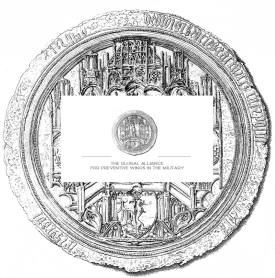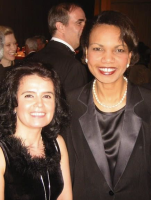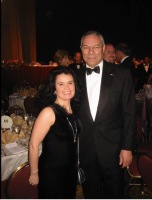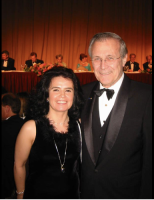Select References
The Maharishi Effect
The Unified Field Technology
TM and TM Sidhi Program Group Practice Effect
The Invincible Defense Technology (IDT)
courtesy dr. John Hagelin
The GAPWM Scientific Advisory Board
President, The Global Union of Scientists for Peace
President, Maharishi University of Management
____________________________________________________________________
Assimakis, P. D., & Dillbeck, M. C. (1995). Time series analysis of improved quality of life in Canada: Social change, collective consciousness, and the TM-Sidhi program. Psychological Reports, 76, 1171–1193.
Davies, J. L., & Alexander, C. N. (2005). Alleviating political violence through reducing collective tension: Impact assessment analyses of the Lebanon war. Journal of Social Behavior and Personality17(1): 285–338.
Davies, J. L., Alexander, C. N., & Orme-Johnson, D. W. (1988). Alleviating political violence through enhancing coherence in collective consciousness: Impact assessment analyses of the Lebanon war. Journal of the Iowa Academy of Science, 95(1), 1.
Dillbeck, M. C. (1990). Test of a field theory of consciousness and social change: Time series analysis of participation in the TM-Sidhi program and reduction of violent death in the U.S. Social Indicators Research, 22,
399–418.
Dillbeck, M. C., Banus, C. B., Polanzi, C., & Landrith III, G. S. (1988). Test of a field model of consciousness and social change: The Transcendental Meditation and TM-Sidhi program and decreased urban crime.Journal of Mind and Behavior, 9(4), 457–486.
Dillbeck, M. C., Cavanaugh, K. L., Glenn, T., Orme-Johnson, D. W., & Mittlefehldt, V. (1987). Consciousness as a field: The Transcendental Meditation and TM-Sidhi program and changes in social indicators. Journal of Mind and Behavior, 8(1), 67–104.
Dillbeck, M. C., Landrith, G. III, & Orme-Johnson, D. W. (1981). The Transcendental Meditation program and crime rate change in a sample of forty-eight cities. Journal of Crime and Justice, 4, 25–45.
Goodman, R. S., Orme-Johnson, D. W., Rainforth, M. S., & Goodman, D. H. (1997). Transforming political institutions through individual and collective consciousness: The Maharishi Effect and government. Annual Meeting of the American Political Science Association, Washington, D.C.
Hagelin, J. S., Orme-Johnson, D. W., Rainforth, M., Cavanaugh, K., & Alexander, C. N. (1999). Results of the National Demonstration Project to Reduce Violent Crime and Improve Governmental Effectiveness in Washington, D.C. Social Indicators Research, 47, 153-201.
Hatchard, G. D., Deans, A. J., Cavanaugh, K. L., & Orme-Johnson, D. W. (1996). The Maharishi Effect: A model for social improvement. Time series analysis of a phase transition to reduced crime in Merseyside metropolitan area. Psychology,Crime & Law, 2(3), 165–174.
Orme-Johnson, D. W., Alexander, C. N., & Davies, J. L. (1990). The effects of the Maharishi Technology of the Unified Field: Reply to a methodological critique. Journal of Conflict Resolution, 34, 756–768.
Orme-Johnson, D. W., Alexander, C. N., Davies, J. L., Chandler, H. M., & Larimore, W. E. (1988). International peace project in the Middle East: The effect of the Maharishi Technology of the Unified Field. Journal of Conflict Resolution, 32(4), 776–812.
Orme-Johnson, D. W., Dillbeck, M. C., & Alexander, C. N. (2003). Preventing terrorism and international conflict: Effects of large assemblies of participants in theTranscendental Meditationand TM-Sidhiprograms. Journal of Offender Rehabilitation,36 (1-4), 283–302.





